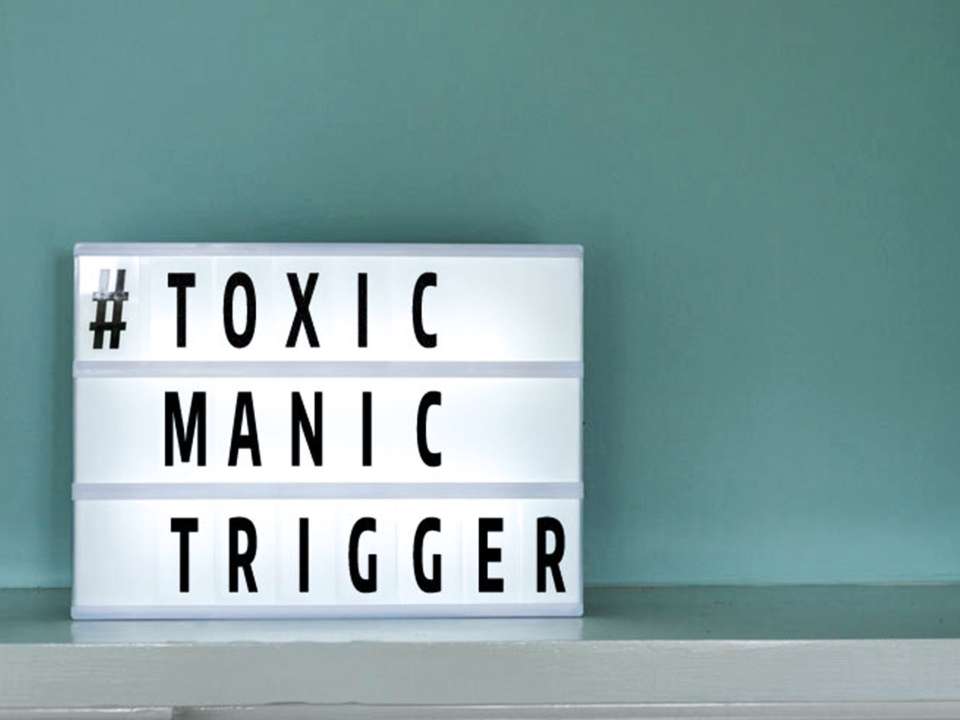How to Get Help If You Can’t See a Therapist Right Now

Deciding you want to see a mental health expert takes courage.
For some people, the decision to seek help comes after weeks or months of contemplation — which is why it’s so devastating when you are put on a waitlist or can’t see a therapist due to scheduling or insurance issues.
“The health system was already bulging prior to the pandemic. With the pandemic, there has been an extreme mental health crisis where the rates of everything ballooned: anxiety, depression, substance use, overdoses, divorce and relationship strain, unemployment. Just accessing healthcare has felt chaotic for people,” says Mary Hatch, associate professor in the UW School of Medicine Department of Psychiatry and a clinical psychologist at the Outpatient Psychiatry Clinic at UW Medical Center – Roosevelt.
Finding an available therapist who meets your needs can feel like a full-time job (one that only adds to the stress you’re already experiencing).
Your well-being and mental health matter. If navigating the nuances of healthcare and insurance feels overwhelming, try these tips and resources to make getting support a little easier.
How to find a therapist covered by your insurance
If you have health insurance, finding an in-network therapist will make therapy cheaper and more accessible. But how do you know if someone takes your insurance?
The best place to start is by calling your workplace benefits office or insurance company to find out what coverage you have as well as what resources are available to you, says Ty Lostutter a clinical psychologist and associate professor in the UW School of Medicine Department of Psychiatry & Behavioral Sciences. Some insurance companies will have a database of in-network therapists that you can look through and others will be able to point you to online referral resources.
There are also behavioral and mental health services provided through Medicaid. In Washington, this healthcare coverage is called Apple Health, and it covers treatment such as crisis care and peer counseling.
You should also know that in Washington state, under the Mental Health Parity Act, any health plans that include medical and surgical services must also cover medically necessary mental health services (treatment for conditions in the Diagnostic and Statistical Manual of Mental Disorders or DSM). This means you should receive similar copays and coverage for mental health-related services, treatments and prescriptions as you do for other medical services.
How to find a therapist if you don’t have insurance
Lostutter recommends turning to community services and resources if you don't have insurance.
“The internet can be helpful if you can figure out the key words you need to know to start looking for experts. Start by googling your county and mental health referrals or resources,” he says.
For example, King County offers publicly funded mental health services (including therapy), low-cost mental health services and referrals and resources on how to connect with a therapist, build resilience and join conversations on mental health.
How to maintain mental health if you are on a waitlist or can’t see a therapist
It’s frustrating to be put on a waitlist or not be able to see a therapist, but this doesn’t mean you are alone or out of options.
Both Hatch and Lostutter recommend joining a support group, which will connect you with people who have similar experiences and can empathize with what you’re going through.
“Online support groups can be very helpful for people,” Hatch says. “There’s a whole suite of 12-step groups for things like alcohol, drugs, eating, gambling and co-dependency, but also there are groups for depression, bipolar, anxiety, grief and other issues.”
The National Alliance of Mental Illness (NAMI) provides support groups for people with mental health conditions and support groups for families and loved ones. The alliance also has mental health resources and ways to get involved in advocacy to improve access to mental health care. The National Institutes of Mental Health also has information on various mental health conditions, available clinical studies and resources for accessing care.
Practicing coping skills to build resilience and relief is also important. While these practices won’t change everything, they can help you feel a bit better and enable you to be better prepared to handle any challenges that arise.
“These in-the-moment coping skills are about getting you through a crisis and regulating your emotions. They’re about how do you live moment by moment by moment until you can access the care you need,” Lostutter says.
Daily practices like exercise, mindfulness, eating fruits and veggies, spending time with friends, and doing at-home cognitive behavioral therapy (CBT) techniques can help you feel calmer in your day-to-day. Avoiding unhealthy coping mechanisms, like drinking too much alcohol, doomscrolling through social media or gambling can also help you feel better in the long run.
“Remind yourself, you’re going to make it. If you’re on a waitlist, it might take some time, but you want to think about how you can take care of yourself between now and your appointment time,” Lostutter says.
Signs you should seek immediate help — and how to do so
“It’s a bit of a catch-22 concept because if you’re on a waitlist or don’t have a therapist, then you don’t have that same access to care but if you’re noticing signs that things are in more of a dire situation, then what do you do with your inability to access care?” Hatch says.
First, it’s important to know signs that you should seek help right away. These include:
- Active or increased thoughts of hurting yourself or others
- Difficulty with basic self-care like meals or maintaining personal hygiene
- Increase in alcohol or substance use
While often harder to notice in oneself, you should also seek emergency support if you are experiencing auditory or visual hallucinations, mania, or severe delusions or paranoia.
If you are exhibiting these signs or are in a crisis, call or text 988 or go to the ER. You can also use the national suicide prevention hotlines, including those specifically for veterans, and local suicide prevention hotlines for support in a crisis. These services can help you determine if you need to go to the hospital for immediate mental health care.
“I know it can be scary to go to an ER, but the idea is they are there to help you,” Lostutter says. “People worry that if they ask for help in some sort of medical setting they will be committed or escalated to involuntary stay, but in our state that’s rare. The goal is to go and get the help you need.”
At the ER, the medical team will complete an assessment, and you may receive counseling on the spot. Social workers will also help provide you with resources tailored to your needs and access so you can continue to receive support once you leave the ER.
The bottom line
Help is available, even if it may not be in the form you initially thought.
While insurance and schedules can make finding a therapist difficult, there are people and resources that can help make the process easier. And by reaching out for support, you are taking a huge step toward caring for your mental health and well-being.

 Healthy ideas for your inbox
Healthy ideas for your inbox





